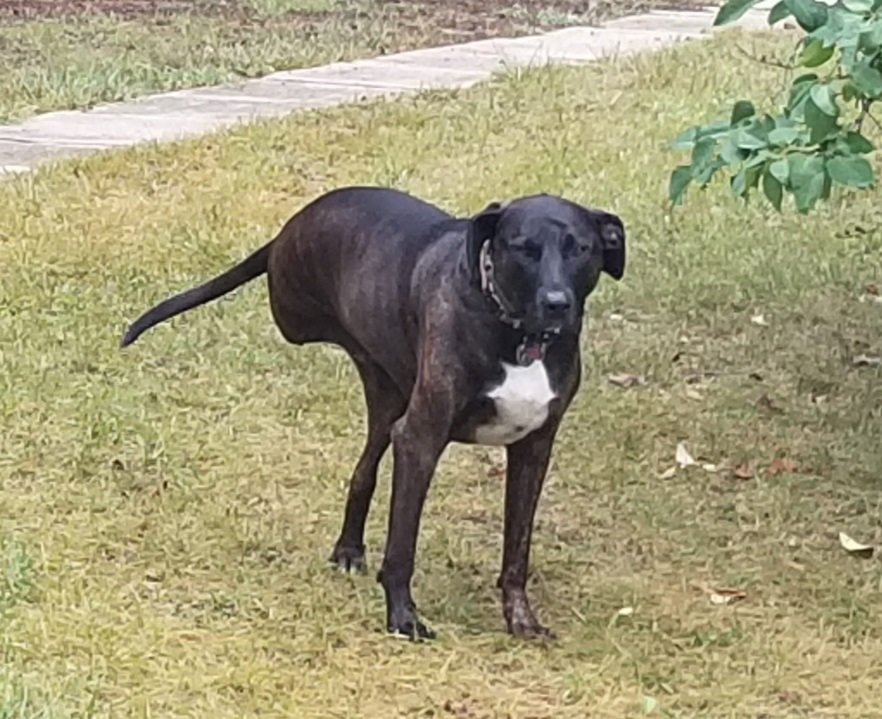VetStem Cell Therapy for Dog with Arthritis and Torn Ligament
Yesterday, June 1st, was International Sheltie Day. To celebrate, we have a blog for you all about Lady, a Sheltie who received VetStem Cell Therapy for arthritis and a cruciate ligament tear.
Lady suffered with arthritis since she was two years old for which she received various medications at different times. When she was eight years old, she tore the cruciate ligament in her left knee. Though her injury required surgical repair, her veterinarian, Dr. Jeff Christiansen of Superior Veterinary Surgical Solutions, recommended treatment with VetStem Cell Therapy in addition to surgery.

During her knee surgery, Dr. Christiansen collected a sample of fat tissue from her abdomen. The tissue was sent to the VetStem laboratory where it was processed to extract and concentrate the stem and regenerative cells contained therein. Five stem cells doses were prepared and shipped to Dr. Christiansen while the rest of Lady’s stem cells were put into cryopreservation for future use.
In addition to her injured knee, Dr. Christiansen planned to treat Lady’s arthritic joints. Approximately 48 hours after her surgery, Lady received a dose of her own stem cells into her left knee, left hip, and both carpi (wrists), as well as an intravenous dose.
Lady’s owner was very happy with the results of her treatment with VetStem Cell Therapy. She stated, “Prior to the stem cell treatments, Lady had a hard time going from a sit-to-stand position and would go outside for no more than 10 minutes at a time. Now she goes on 30-50 minute walks. She is far more playful than she was before the stem cell treatment. The stem cell treatment has been life changing for my fur baby. I would highly recommend stem cell therapy!”
Lady’s initial treatment was back in 2015. In the following years, she received additional treatments utilizing her stored stem cells to help her maintain a good quality of life. She initially received one intravenous dose roughly every 9-13 months. Approximately two years after her last intravenous dose, she received a round of joint injections in addition to an intravenous dose.
This treatment schedule is not uncommon for a dog with arthritis. Because arthritis is a degenerative disease, stem cells can slow the progression of the disease but ultimately will not cure the condition. This is important to note because many pets will require repeat or routine treatments as they continue to age. Fortunately, VetStem has the ability to both store stem cells and produce more stem cells, should your pet require them in the future. This means that just one fat collection can provide a lifetime supply of stem cells for your pet. Stem cells have been shown to reduce inflammation and pain and to contribute to the regeneration of damaged tissues such as cartilage and tendon/ligament. Interested in VetStem Cell Therapy for your pet? Speak to your veterinarian or contact us to receive a list of VetStem providers near you.










